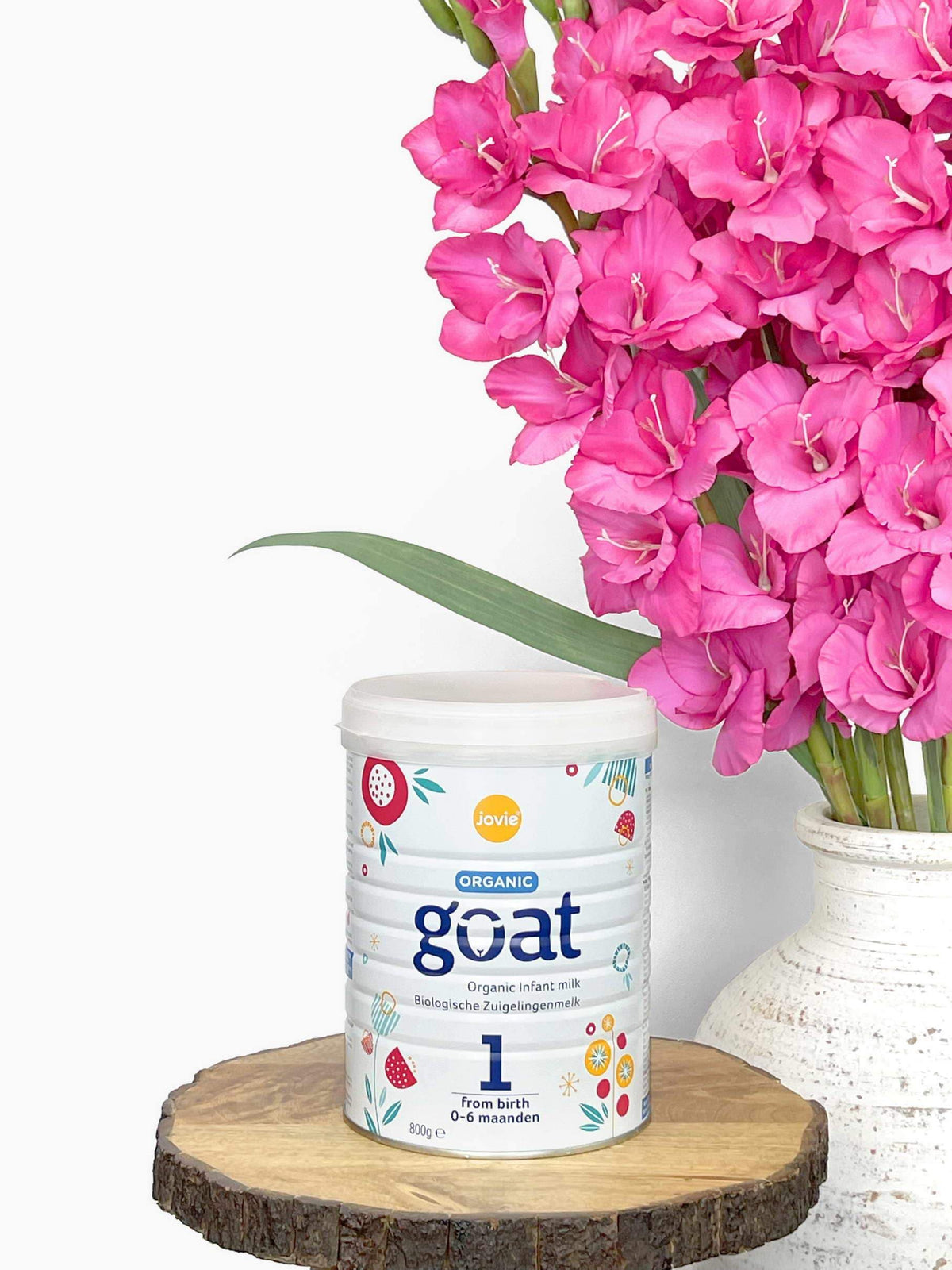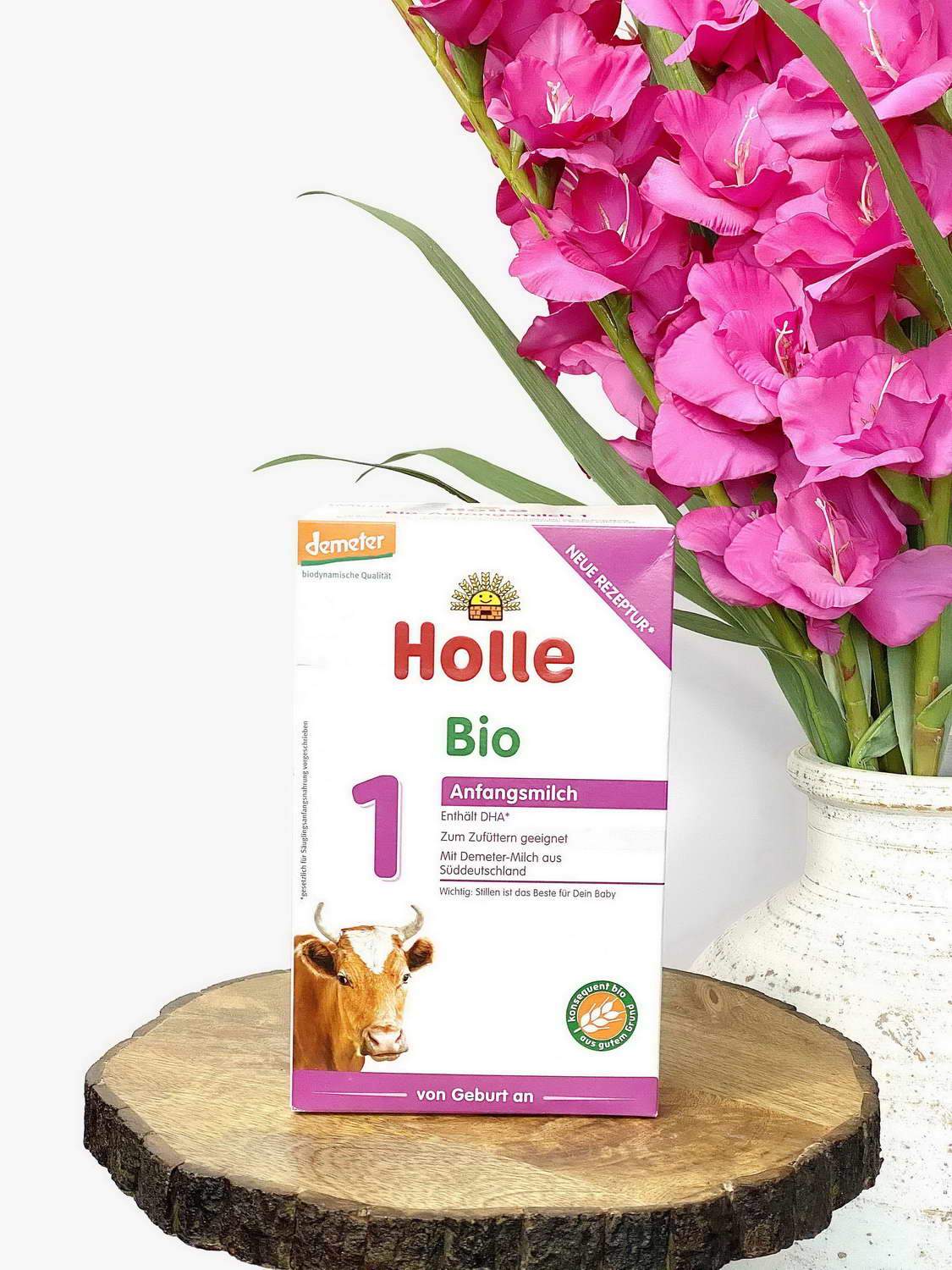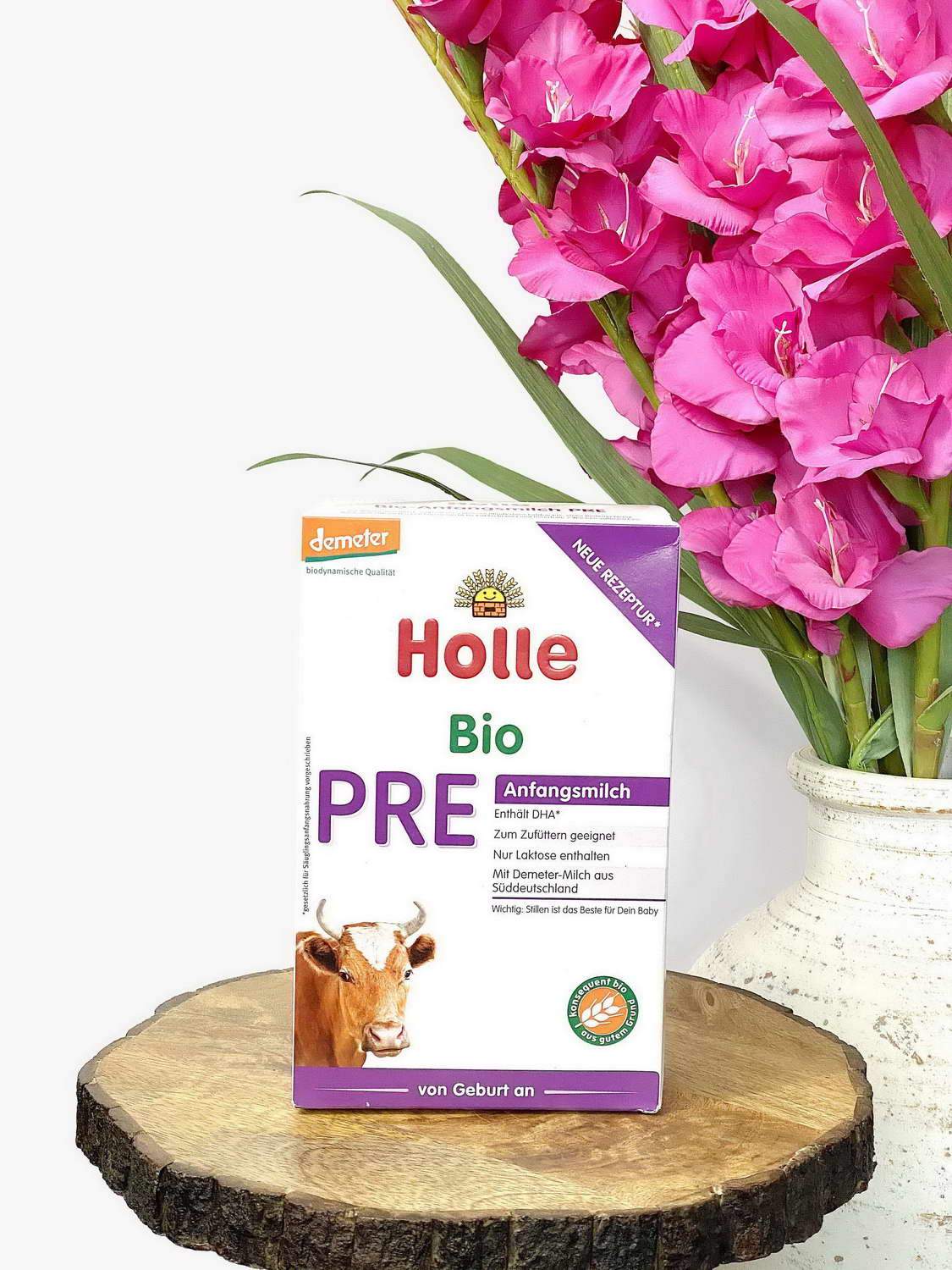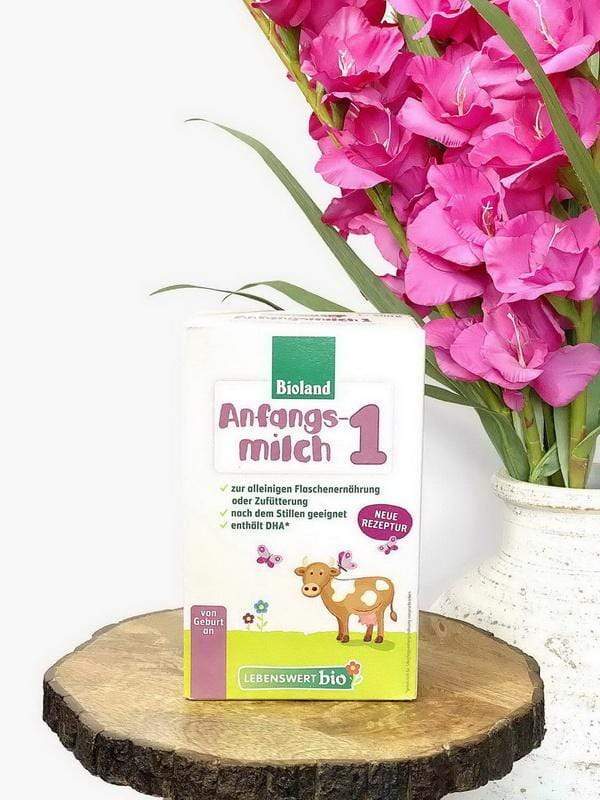Paced bottle feeding is a method of feeding your baby that closely mimics breastfeeding. This method of feeding, as the name suggests, involves pacing your baby's feedings to allow the baby to have more control of feeding time.
During feedings, babies will eat slowly and work harder to get the milk just like they would when feeding at the breast. This type of bottle feeding is completely opposite to typical baby bottle feeding.
Paced feeding reduces the risk of overfeeding that may result in discomfort to the baby. This feeding method is recommended for any baby that receives bottles, whether fully bottle fed, or alternating between breast and a bottle.
Paced Bottle Feeding
Paced bottle feeding allows your baby to eat whenever your baby is hungry. A schedule can be helpful as a beginning guideline; for example, many newborns eat every 2–3 hours, but watching your little one for feeding cues is first and foremost.
In pace feeding, position is just as important as the baby bottle that you use.
Pace Feeding Baby
Feeding Position
Hold your baby in an upright position, as opposed to laying down. This helps your baby to control the flow of milk better.
This does not have to be at an uncomfortable 90-degree angle, but only slightly reclined so that the bottle is not pouring downward into your baby’s mouth.
Rooting
Lay the bottle nipple across your baby’s lips with the nipple pointed up. When your baby starts rooting and opening his mouth, let him draw the nipple into his mouth and close his lips on the base of the nipple.
Baby essentially is going to “latch” on the bottle nipple like he would a breast.
Once your baby has latched on the baby bottle, keep the bottle horizontal. This will allow the baby to control the flow of formula better.
Slow Pace
Using the horizontal feeding position also helps the bottle of baby formula to last the entire length of a normal formula feeding, usually 10–20 minutes, rather than baby gulping a bottle down too quickly.
Baby learns to recognize when he is full because he is not filling his belly before the signals of satiety can reach his brain.
Combination Feeding
Families that are both feeding from the breast and a baby bottle may consider not allowing the milk to reach the nipple of the bottle for a few minutes while your baby sucks.
This action mimics the letdown of breast-feeding and can help reduce the chances of nipple confusion.
Pausing
Babies that are breastfeeding will take natural pauses and other small breaks throughout a feeding. To continue imitating feeding from the breast, encourage your little one to pause while bottle-feeding as well.
If your baby gets tense or starts gulping, lean him forward to allow the milk to flow away from the nipple to give him a break. This can also help your baby to pause on their own.
Switch Sides
Just as parents do while breast-feeding, move your baby from one side to the other halfway through the feeding.
This is excellent for babies' development by allowing a new perspective and opening their field of vision to a new perspective.
Ending the Baby Bottle of Formula
Bottle-fed babies have a risk of overfeeding. Pace feeding helps you to identify cues that your baby may be getting full, such as slower sucking, wandering eyes, falling asleep and hands that are open and relaxed.
When you think your baby’s getting close to being full, remove the nipple from his mouth by gently twisting.
Offer the baby bottle of formula again, and if they accept you can give them about ten sucks on the baby bottle and repeat until he refuses.
This will help teach your baby the feelings of satiety and reduce the chance of over-feeding.
Pace Feeding: Benefits
Pace feeding is designed to be as close to the natural breastfeeding model as possible. It makes sense that recreating this dynamic as best we can when bottle feeding will have the most benefit to all babies.
Avoids Underfeeding/Overfeeding
Caregivers do not always have an accurate sense of when and how much their baby eats. Unfortunately, this can lead to babies not getting the correct amount of milk.
Paced bottle feeding helps your baby be in charge, just like when they are at the breast.
Best Bottle Position
Babies can become incredibly stressed when laid completely on their backs during bottle feeding.
This unnatural position allows the baby to swallow milk from a bottle, at which time the negative pressure forces more milk out of the bottle. Baby has to keep gulping to avoid choking.
Paced feeding gives your baby the time and space to eat at his or her own pace. Peacefully and without worry.
Colic Relief
Proper feeding techniques and a good bottle can minimize colicky symptoms.
With Pace feeding your baby avoids the air gulping, gas and fussiness that happens with conventional bottle feeding.
Supports Breast Milk Supplementing
Pace feeding technique that resembles breast-feeding is a great way to support continuing breast-feeding relationships and avoid bottle preference and nipple confusion.
Baby Bottles
Paced bottle feeding and European baby formula go hand in hand. Together they help set a solid foundation for a lifetime of healthy eating habits.
My Organic Company offers a wide variety of organic, nutritious options that more closely resemble the composition of breast milk. All of our formulas are made without the toxic ingredients found in American baby formulas.
For more information on European baby formulas please reach out to one of our baby formula experts for a one-on-one consultation. We look forward to hearing from you.














